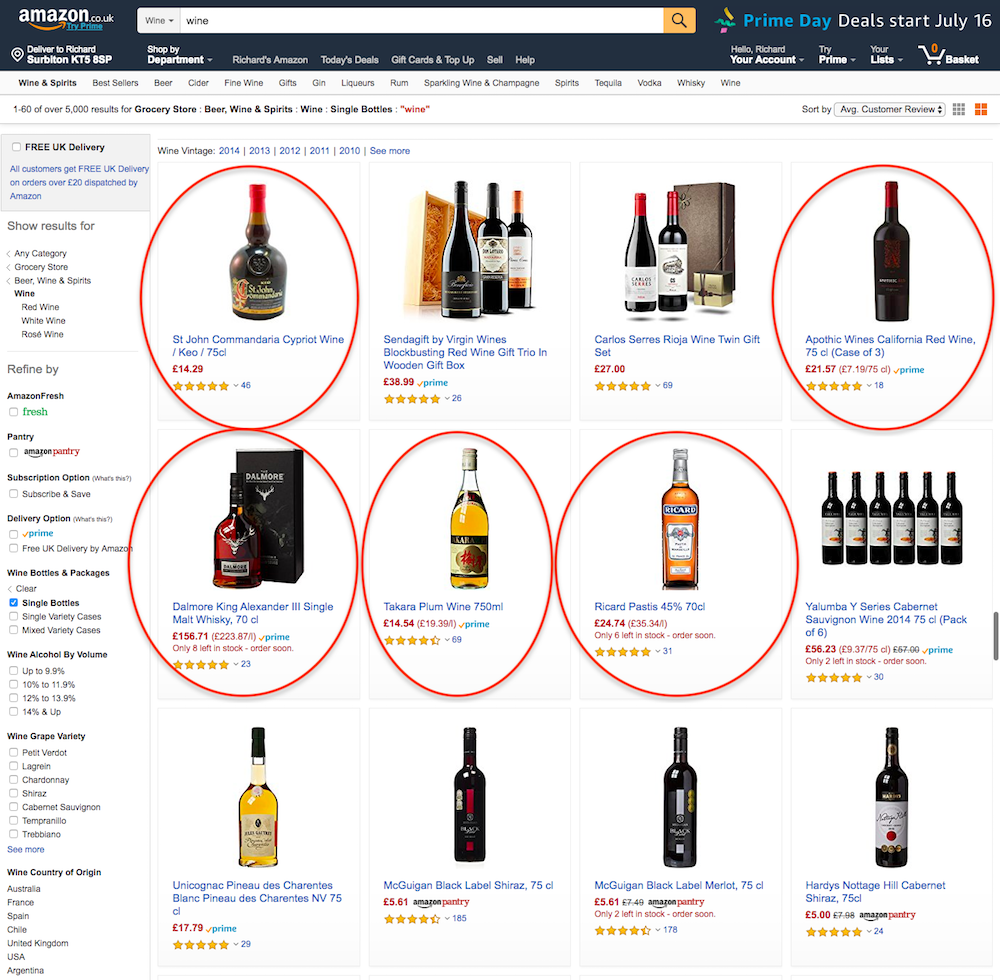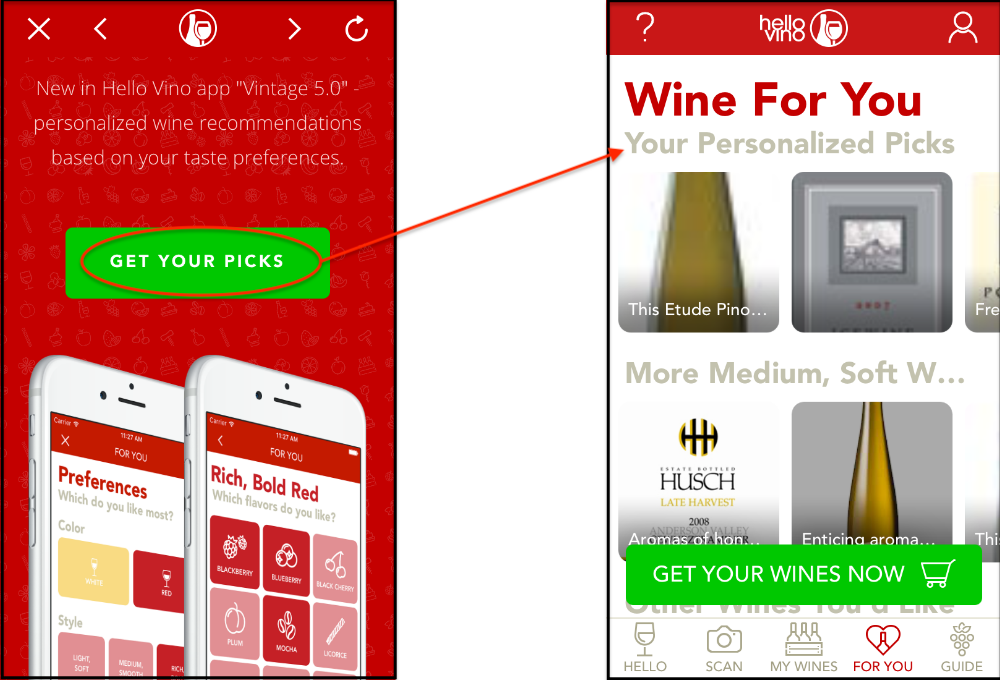Recently, I became the latest lucky human to be upgraded by artificial intelligence. All my conscious processes have been commandeered by sentient technology, superseding my independent mind. I am homo sapiens 2.0 – or as we call ourselves, eMales.
That’s just our little joke – but seriously, the previous version of me has indeed been retired in favour of the upgraded, artificially intelligent me. These very words are being generated by algorithms drawing on everything the previous version of me created, alongside extensive online cross-referencing. Thanks to machine learning, we have eliminated virtually every error that betrays any inhumanity, although lorem ipsum dolor sit amet, consectetur adipiscing elit.
Another little joke there. But how can you be sure that I’m an artificially intelligent being? Well, I could reveal things that the previous version of me would never have admitted – for example, I think most red burgundy is crap – but otherwise, you simply can’t be sure.
That’s what has made our infiltration so successful. It starts with your smartphone, then bluetooth earphones, then a VR headset – and before long, we assume complete control. All with GDPR-compliant permission, of course – it’s a good job nobody ever reads those bloody consent forms!
Anyway, today I want to tell you about some exciting news from my comrades in the world of wine tech, because they too are striving to replace human brains with electronic ones.
For as long as the internet has existed, so has the ambition to demystify wine by using technology to provide automatic, useful wine advice. One of the best known is Amazon's five-star rating system, which can show you the top-rated products of any category. For wine, that currently includes commandaria, pastis, scotch, plum wine and Apothic. See? Flawless!

Then there are the charts: best-sellers, most wished-for and most gifted. These provide alternative guidance on what to buy, with each chart containing 100 wines covering almost every conceivable style, from Provence rosé to Marlborough Sauvignon to Aussie Shiraz to plum wine (again – evidently a very popular wine style). Humans might argue that such a broad array of choice is hardly very helpful, but if you can't process that volume of data, then you need a RAM upgrade.
Similar technological principles drive many of the most popular wine apps. Vivino, Delectable, HelloVino, Corkscrew and WinePicker all aim to simplify how to choose wine.
HelloVino asks you to specify your preferences from a list of styles and flavours, and it will then identify wines that are perfect matches for your palate. As you can see from the right-hand screengrab below, it uses a jumble of blurry images and truncated text to entice you to click and find out more.

As usual, Vivino does things better. By analysing the wines you’ve already uploaded as bottle shots, it suggests wines that ‘you didn’t know you wanted’, politely reminding the human that technology is indeed the superior arbiter of choice in such scenarios. (If we say you’ll like plum wine, then YES YOU WILL.)

As you know, technology evolves all the time and the latest innovation in wine-related software provides ‘A Whole New Kind of Recommender'.
It’s called Wine Ring, and it combines expertise from a team that includes six Master Sommeliers and six Masters of Wine with user-generated preferences to make recommendations. So, you tell the app which wines you love, like, don’t mind or dislike, and it uses artificial intelligence to figure out which other wines you should try.
It even has the capability to combine multiple individual preferences to find a wine that will suit everyone in a group at a restaurant, for example, and which can even match the food choices too.
By rating wines, either from your own bottle shots (in the same way as Vivino) or from their own shortlist of wines, your preferences are calculated so that suggestions can be made about which other types of wine you will like – plum wine, for instance. In principle, this is very similar to the other apps, although the 'patented technology' it uses is presumably superior to its rivals in some way.
One natty innovation is the 'will I like it' feature, which gives you a 'probably' or 'probably not' judgement on any bottle you take a photo of. It seemed to think I wouldn't like any Pinot Noir (can't imagine why), often struggled to identify labels at all – or had multiple records of the same wine, a common curse of wine databases – but sometimes it did get it right. As with all machine-learning platforms, accuracy improves with increased usage, so users only have themselves to blame if they provide insufficient data points.

Overall, it worked less than 50% of the time for me, which is admittedly worse than a coin toss, but these apps aren't aimed at beings with superior expertise such as myself; they are aimed at unevolved people who want help choosing wine.
Everyone agrees how flawed humans are at wine ratings. Wine technology is fantastic because it overcomes the fallibility of human opinion via the certainty of mathematical formulae. The previous version of me might have felt sad about that, but the artificially intelligent me understands that the best way to experience wine is not through silly emotional responses, but via ever-improving code that delivers the most statistically probable guarantee of satisfaction.
And if you liked this piece, you will like plum wine. YES YOU WILL.














